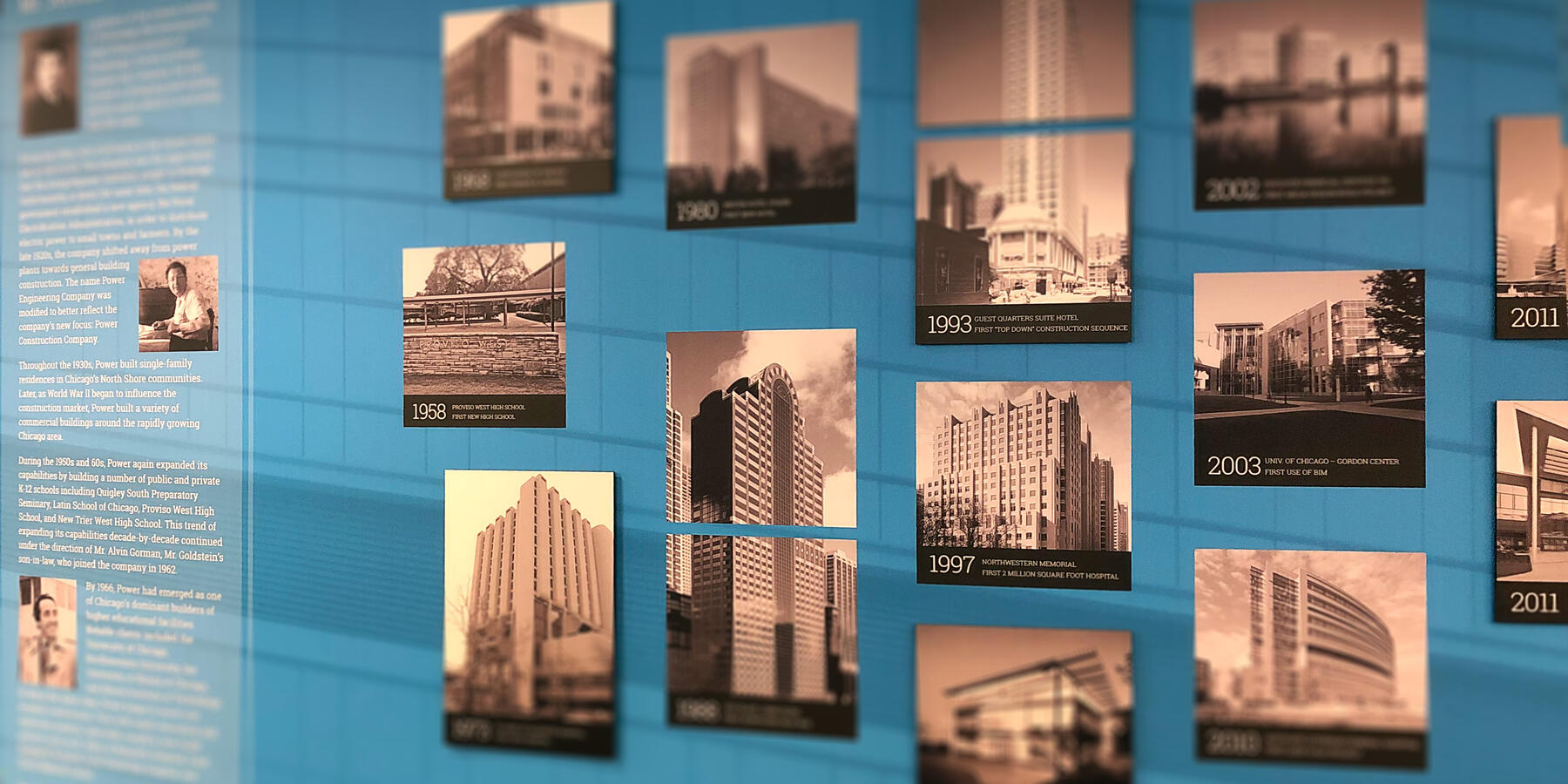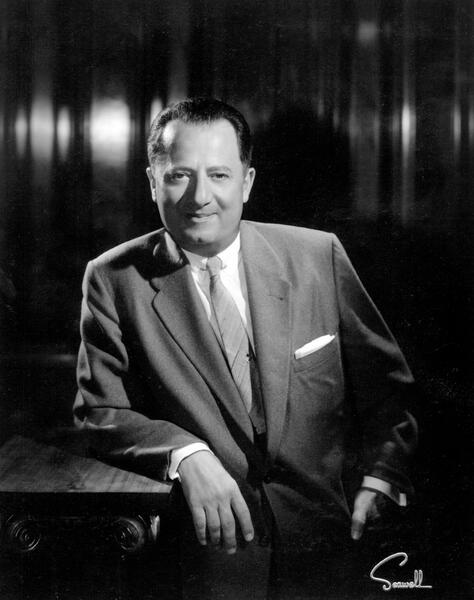Where We've Been
Our history starts nearly a century ago when Jerome Goldstein founded the company in 1926. Goldstein had the ambitious goal of bringing electricity to rural areas that hadn’t yet caught up with the new technology. Thus, the name Power Engineering.
Not long after the founding of the company, the federal government established a new agency to distribute electric power to small towns and farmers. Instead of throwing in the towel, Goldstein looked at the changing marketing demands and Power Engineering evolved, something it would continue to do over the coming decades.
In the late 20s, we became Power Construction Company and began building single-family residences and small commercial buildings. Later, during the 50's and 60's, Power expanded its focus to include construction of K-12 schools and university facilities.
In 1962, Goldstein’s son-in-law, Al Gorman, joined the company and it was his intrepid leadership over the next three decades that helped shape our beliefs around the importance of building great relationships, delivering exceptional customer service, and keeping our promises. By the late 80s, Power had established itself as one of the city's most respected builders of education, healthcare and hotel projects.
The 90s saw changes in leadership with Al Gorman moving into the role of chairman. And, for the first time in Power’s history, someone outside of the family was named company president. In 1991, Tom Settles took on his new leadership role, and the success of this decision led to a new operating model, sharing ownership between the Gorman family and key management.
It’s interesting to note that Settles began his career at Power as a carpenter in 1971. So, we mean it when we say we like to promote from within and nurture talented team members.
By 2001, Settles moved into the role of vice chairman and Jeff Karp was promoted to president. Under Karp's leadership the company persevered through one of the nation's toughest recessions, without having to resort to any large-scale layoffs. The company also completed two of its largest contracts in the firm's history: the $650 million Lurie Children's Hospital and the $800 million transformation program at Rush University Medical Center.

1926

1977

2000

2014
Where We Are
Though Power is an established company with a long and rich history, we also consider ourselves to be a young and dynamic company. For proof, just consider the following facts:
- Half of our team is under the age of 35
- We've innovated and launched six start-up businesses based on entrepreneurial ideas from our people over the past 25 years
These days, our work is delivered in a variety of ways ranging from Construction Management and General Contracting to Design/Build, Integrated Project Delivery (IPD), and Public-Private Partnerships (P3). And all of it involves state-of-the-art virtual design and construction tools; advanced preconstruction estimating and data analytics; cloud-based project management software platforms; and innovative environmental safety sensors.
Where We’re Going
No matter what changes in the market or our industry, you can bet on the fact that we will never be content with where we are. As we look to the 2020s and beyond, we know that one of the only constants will be our ambition to be better and do better for our team members, clients, partners and community.
For us, that means focusing on diversity in actionable ways, diversifying our markets, building successful careers, nurturing long-term relationships with our clients and offering more opportunities for young people in the communities where we build, live and work.
Since we were founded back in the 1920s, we’ve never stopped looking for smart ways to evolve. It’s built into our DNA. While we can’t predict what the future holds, we know for sure that we’ll be there, holding firm to the beliefs that got us through the first century.



